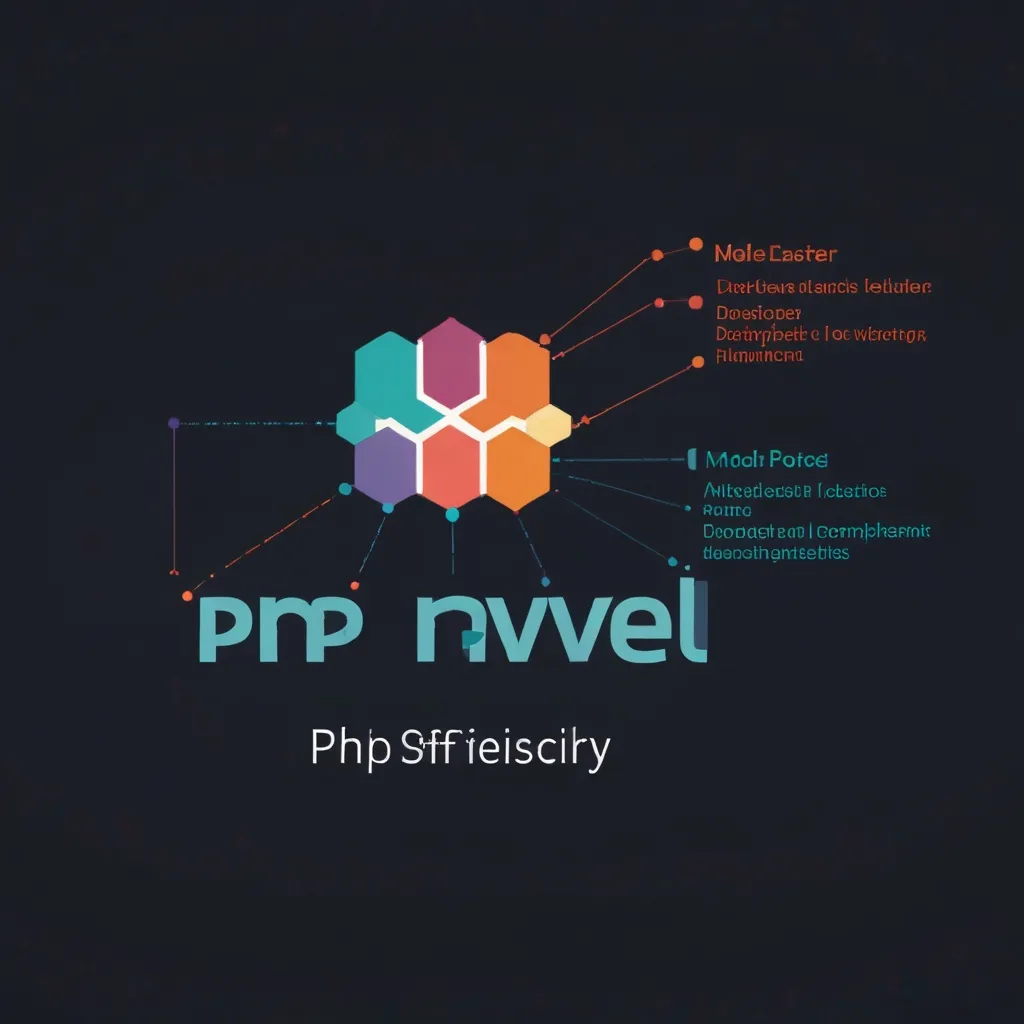Embarking on a journey with Vapor, a server-side Swift web framework, is thrilling. It blends performance, security, and ease of use into one neat package. Developers love Vapor for its simple API, vibrant community support, and the sheer power of Swift.
Before diving into Vapor, make sure you have a working Swift installation on your device. It’s a breeze for those familiar with Swift from iOS development. If you’re not, setting up Swift on your Mac or PC is straightforward. Once Swift is up and running, you’re on your way to the world of server-side Swift.
Creating your first application in Vapor is refreshingly simple. Picture this: you’re setting up a basic HTTP server that says “Hello, world!” when you visit the /hello route.
import Vapor
let app = try await Application.make(.detect())
app.get("hello") { req in
"Hello, world!"
}
try await app.execute()
This snippet shows just how expressive and concise Vapor’s API can be.
Understanding Vapor’s fundamentals is key. It’s built on Apple’s SwiftNIO library, which offers a powerful, asynchronous framework. This structure is perfect for building high-performance, scalable APIs and HTTP servers. And because of its modular design, extending and customizing Vapor to fit your needs is a piece of cake.
For example, say you need to create a route that retrieves a specific todo item by its ID. With Vapor, it’s as easy as:
app.get("todos", ":id") { req async throws -> Todo in
let id: UUID = try req.parameters.require("id")
guard let todo = try await Todo.find(id, on: req.db) else {
throw Abort(.notFound)
}
return todo
}
This example showcases how to define routes and interact with a database using Vapor’s ORM, Fluent.
Fluent is central to Vapor’s database interactions. It allows you to work with your database in native, asynchronous Swift code without dipping into SQL. Define your models, and let Fluent handle the rest.
Imagine you want to filter todos based on a query parameter. It’s effortless with Fluent:
func search(req: Request) async throws -> [Todo] {
let name: String = try req.query.get(at: "name")
let results = try await Todo.query(on: req.db)
.filter(\.$name == name)
.all()
return results
}
Templating with Leaf is a breeze for frontend development. It’s a templating engine perfect for generating HTML for web apps and emails. The syntax is simple, making it easy to create dynamic web content. For instance, rendering a “Hello, World” page is straightforward:
let routes = Routes()
routes.get { req async throws -> View in
let view = try await req.view.render("hello", ["message": "Hello, world"])
return view
}
The route defined here renders an HTML template called “hello” and passes a message to it.
One of Vapor’s biggest strengths is its community. With over 13,000 members on Discord, help is never far away. The community is vibrant, welcoming, and proactive, ensuring the framework constantly evolves and improves.
Vapor’s principle of Rapid Application Development (RAD) ensures there’s an easy and right way to scale web applications. It’s opinionated, meaning it uses specific conventions and features, helping developers swiftly and safely build robust applications. This approach is similar to frameworks like Rails, Laravel, and Django.
Performance and security are top priorities in Vapor. Its non-blocking, event-driven architecture delivers high performance and scalability. Using Swift’s concurrency model, Vapor lets you write clear, maintainable, and efficient code. Security-wise, Vapor’s strong type safety catches many errors early in the development phase, reducing runtime errors and making it a reliable choice for backend applications.
Vapor comes with a handy toolbox, a helper tool for managing your projects. Creating, building, and running your applications is streamlined and efficient. For example:
vapor new MyProject
cd MyProject
vapor build
vapor run
These commands set up a new project, build it, and run the server, getting you started on your application quickly.
All in all, Vapor is a brilliant choice for building server-side applications in Swift. Its expressive API, strong community support, and focus on performance and security make it stand out. Whether you’re creating APIs, backend servers, or websites, Vapor has the tools and ecosystem to help you succeed. So why not dive in? With just a few lines of code, you can start your exciting journey with Vapor.






